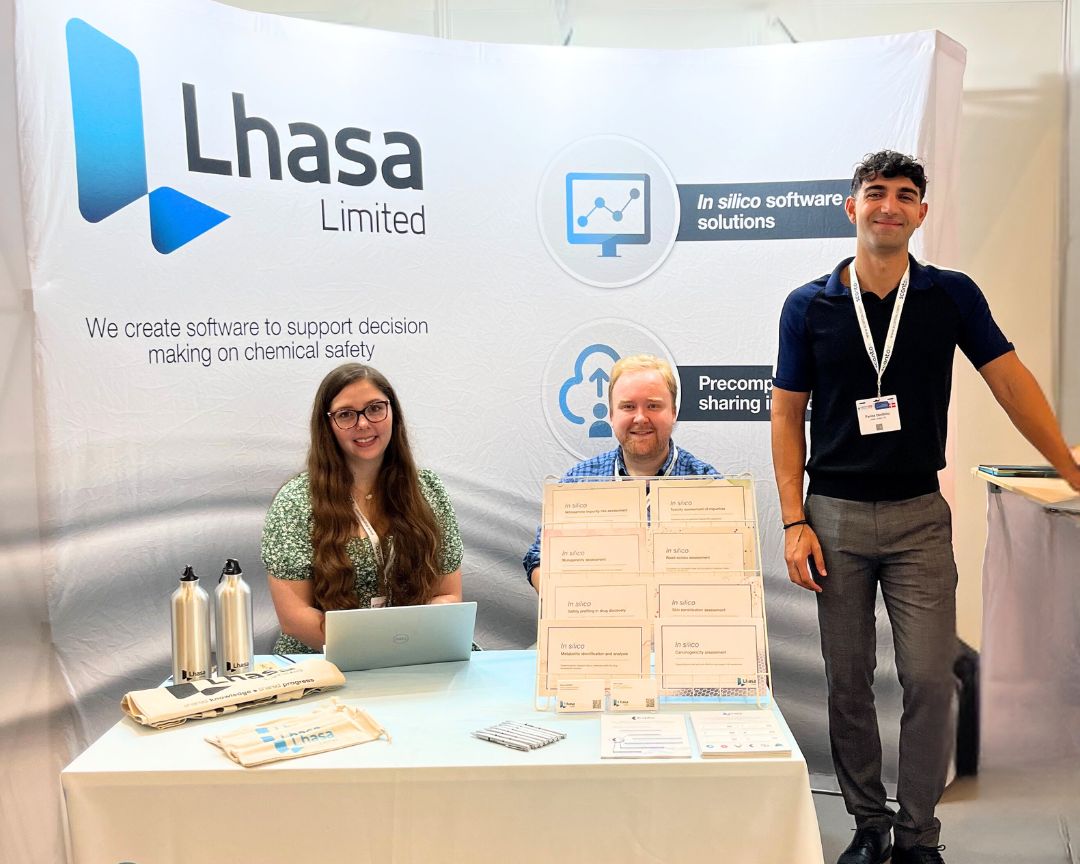Unreported changes to synthetic processes lead to the surprise presence of nitrosamine impurities in marketed drug products. This discovery resulted in the recall of several hypertension, heartburn, and diabetes medications.
The nitrosamines crisis
While many impurities are introduced directly as reagents, potentially mutagenic impurities (PMIs) arising during manufacture can be harder to identify as they can occur indirectly from a combination of otherwise non-mutagenic sources.
The unreported change in the synthetic process for Valsartan led to the mixing of sodium nitrite and dimethylamine (as an impurity in the solvent dimethylformamide) resulting in NDMA being detected in the marketed product. Regulators immediately initiated a recall and investigation. The recall was extended to all additional related medicines. Despite recent guidance updates for acceptable intake levels of Nitrosamine Drug Substance-Related Impurities (NDSRIs) from regulatory bodies, all products at risk of containing nitrosamine impurities must still be tested. Our recent blog articles discuss the updates from the EMA and the FDA in more detail.
Identifying potential impurity formation often relies on manually assessing the synthetic route, requiring robust knowledge that is liable to oversight. We must know our process inside-out to ensure any potential formation, and therefore carryover, is controlled.
By predicting PMI formation early, companies could save time and money, whilst reducing risk to patients.
How can we avoid mutagenic impurity carryover?
Impurities are an unavoidable part of synthesis when producing active pharmaceutical ingredients (APIs). Often, the mechanism by which the compound is mutagenic is the same by which the compound is useful in synthesis. Control processes, such as those outlined in the ICH M7 guideline, tell us how to deal with impurities to ensure that there is no risk of PMIs being present in the final drug product.
The way forward
One way in which pharmaceutical companies assess impurity carry over risk is by using purge calculations in hand with analytical testing. Lhasa Limited provides a risk assessment tool based on the purge theory, Mirabilis, to assist with the management of PMIs. If you are unfamiliar with the concept of purge, you can learn more in our upcoming webinar.
New alerting functionality in Mirabilis will tell you if there is a risk of PMI formation in your reaction. The initial focus has been on nitrosamine formation, and Lhasa scientists are working on expanding the capability to cover all functional groups commonly associated with potential mutagenicity.
Our recently published article in Organic Process Research & Development (OPRD) describes this exciting development. The Mirabilis alert function will:
- Predict plausible PMI formation
- Predict structures of PMIs
- Allow de-risking of formation based on knowledge of the process and/or carryover.
The inclusion of this functionality will help prevent future instances of PMI discovery in approved drugs by ensuring awareness of all potential risks to industry and regulators.
The capabilities of Mirabilis are always evolving through research by Lhasa scientists in collaboration with industry stakeholders.
Get in touch to find out more about our solutions for nitrosamine impurity risk assessment.
Last Updated on January 25, 2024 by lhasalimited



